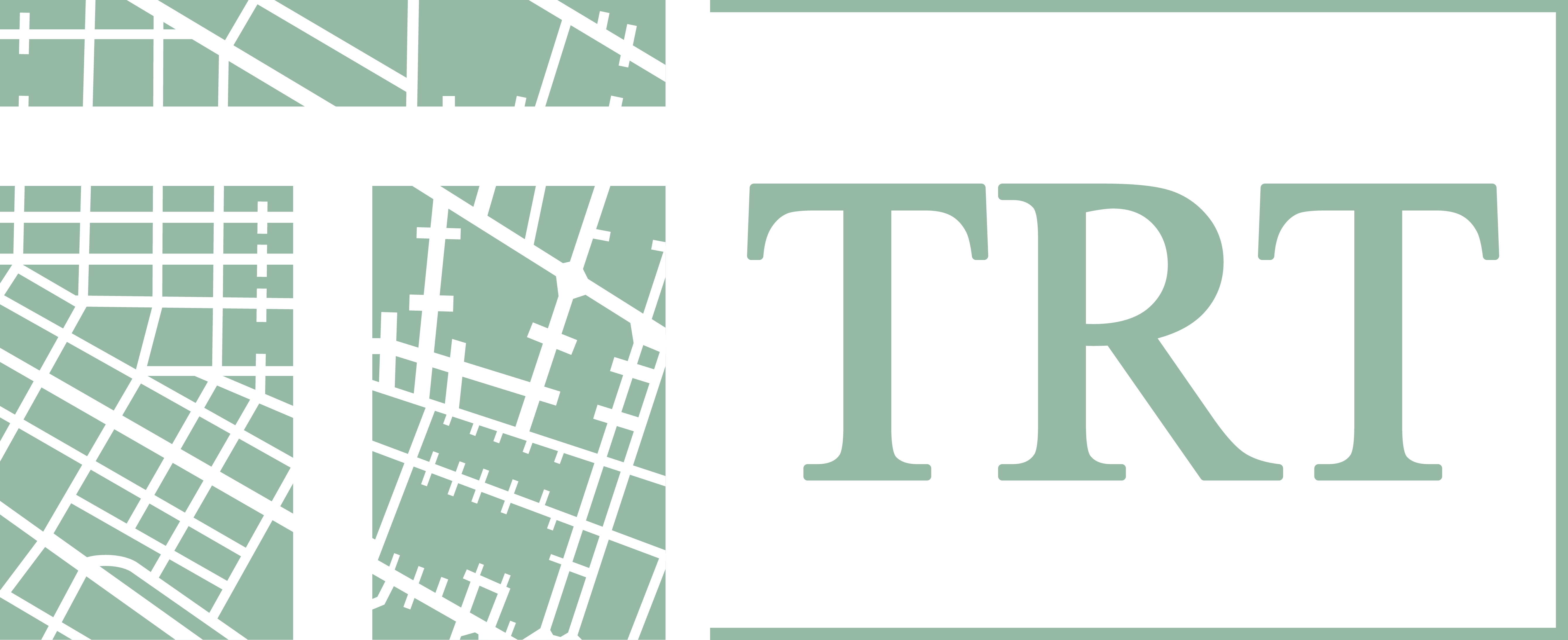HARMONY Guidelines on Modelling tools for SUMPs in the new mobility era
 Despite the acceleration of new mobility solutions and the increasing relevance of models in urban transport planning, particularly in the context of decarbonisation and climate neutrality, a clear, concise and up-to-date guidance document on modelling tools for the urban mobility planner’s community was missing.
Despite the acceleration of new mobility solutions and the increasing relevance of models in urban transport planning, particularly in the context of decarbonisation and climate neutrality, a clear, concise and up-to-date guidance document on modelling tools for the urban mobility planner’s community was missing.
TRT, as part of the WP8 (Process assessment, SUMPs recommendations and roadmaps) activities within the HARMONY project, drafted the document “Guidelines on Modelling tools for Sustainable Urban Mobility Plans (SUMPs) in the new mobility era” whose aim is to provide local planning authorities with guidance on transport modelling applications in their SUMP implementation process, building on the concept of SUMP, as outlined by the European Commission’s Urban Mobility Package and described in detail in the European SUMP Guidelines 2.0 (second edition).
The project highlighted the importance of a bottom-up approach in urban planning, through the implementation of co-creation labs in six metropolitan areas (Athens, Oxfordshire, Rotterdam, Trikala, Turin, and Upper Silesian-Zaglebie Metropolis). Within this context, HARMONY Guidelines on Modelling tools are useful to assess new mobility technologies impacts in the urban environment, answering to questions related to transport models.
In particular, the document provides:
- A definition and classification of transport models (micro, macro, network, strategic, land-use, activity based, etc.);
- An understanding of their purposes and functions (to do experiments, anticipate the effect of exogenous trends and assess policy measures);
- An analysis of their challenges and limits (data availability, realism vs operability, managing trend breaks and innovative solutions, etc.);
- Guidance on how to decide whether a transport model is required or not to support the definition of a SUMP and how to select the most appropriate transport model, assuming that the transport model is required;
- An explanation on how to develop a transport model, which is a process requiring skills, data, time and resources. It describe the five main phases:
- design,
- data collection and elaboration,
- implementation,
- calibration, and
- application;
- Identification of the roles and responsibilities of the different actors involved in the development of a transport model, namely of experts (modelers), local authorities, planners, and stakeholders;
- The main actions and elements essential for implementing transport modelling as part of the phases of the SUMP cycle. The document identifies crucial aspects and recommend concrete actions to the general guideline cycle, to encourage urban planners to better integrate transport modelling in their SUMPs.
Click here to download the document.
